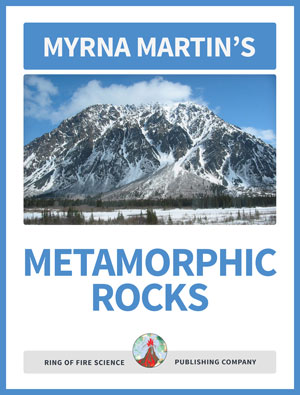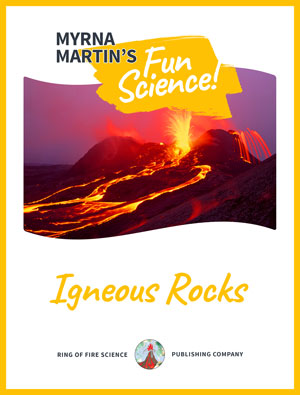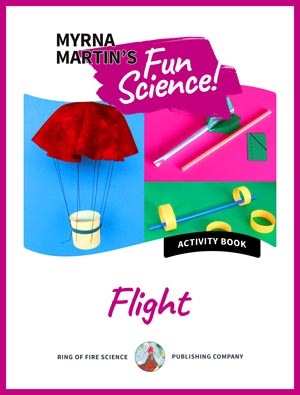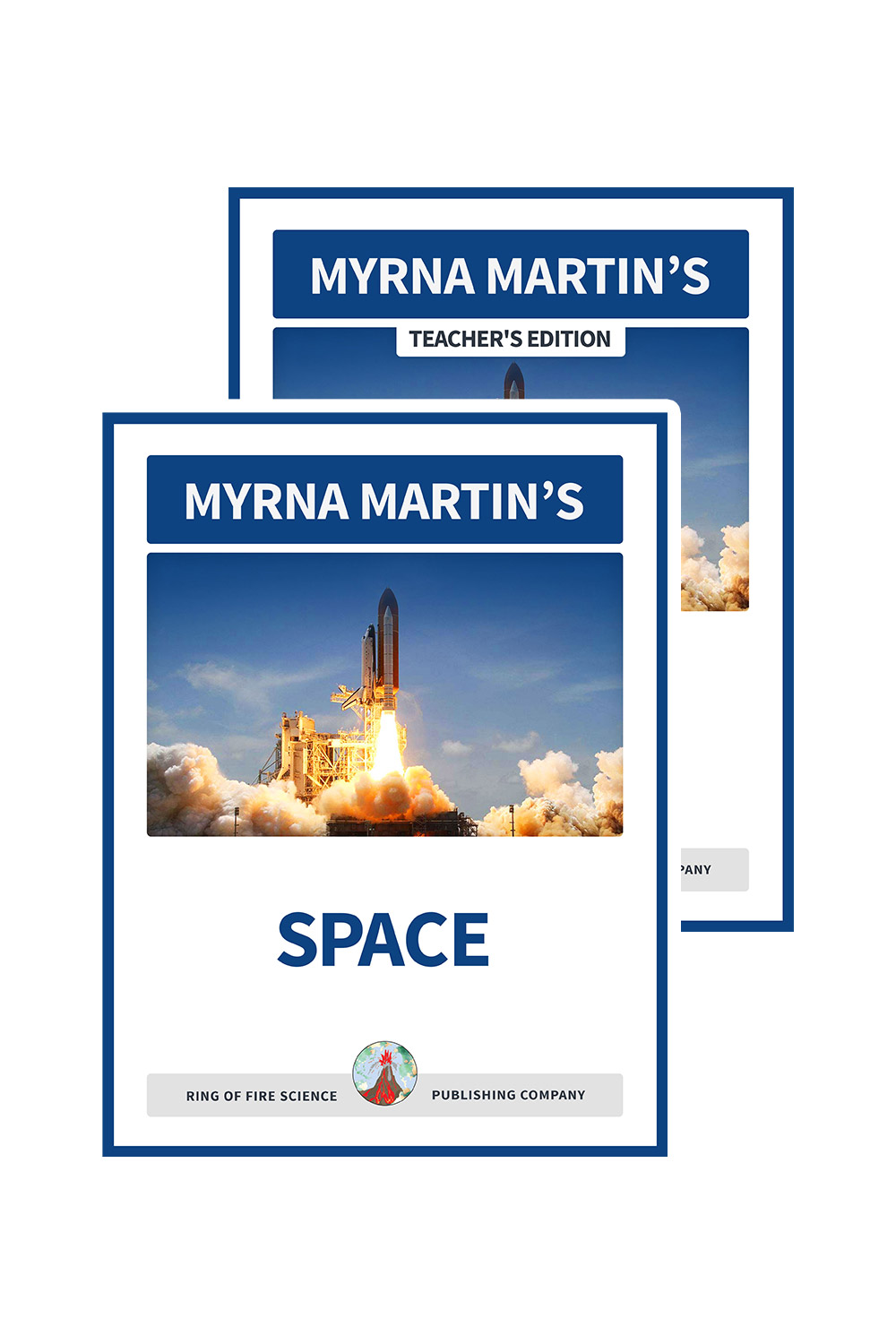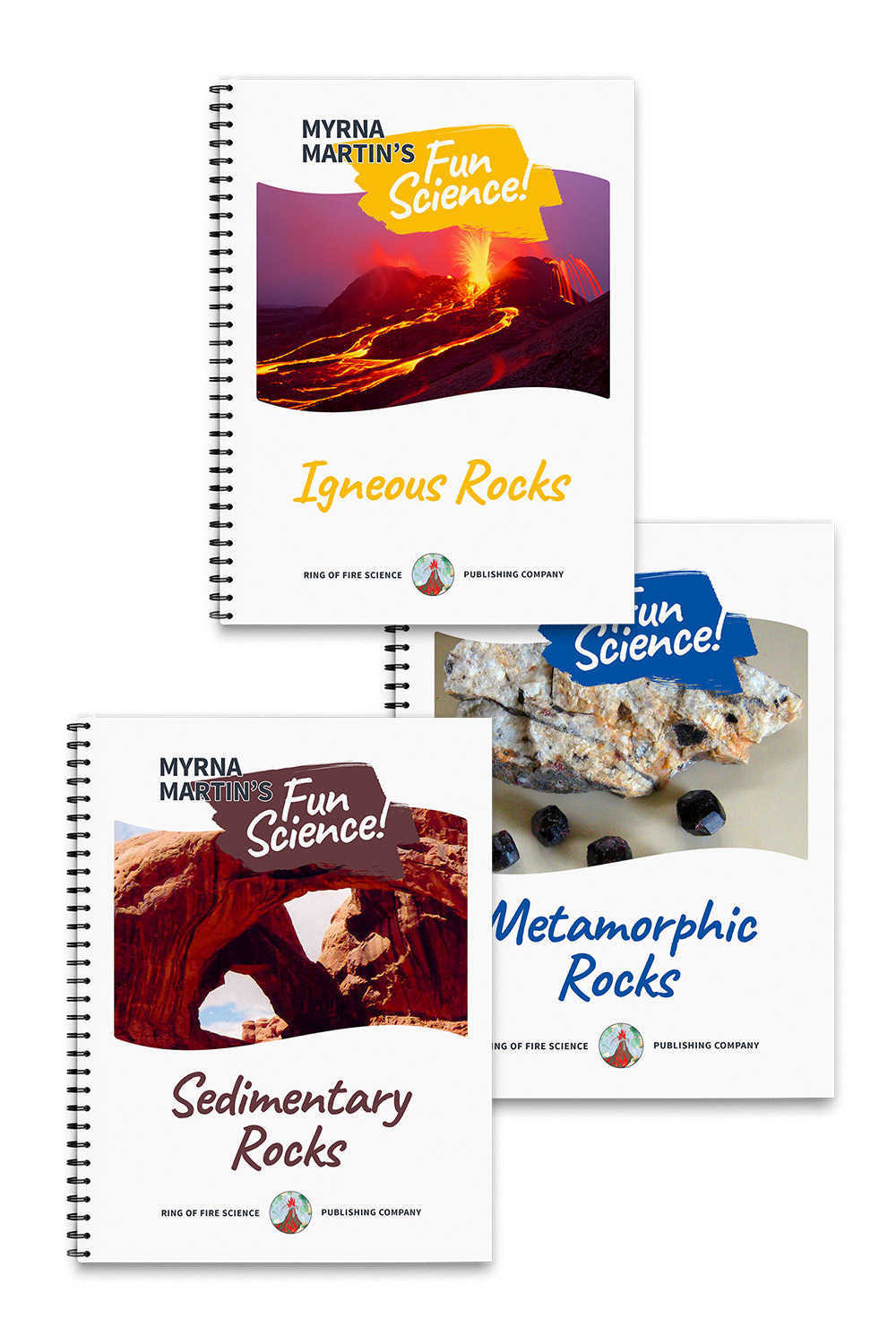Tectonic Plate Movements
Plate movements detected by Earthquake Waves
Plate movements proved the Theory of Plate Tectonics
Tectonic plate movements that have been documented by scientists led to the Theory of Plate Tectonics. The Earth's outer shell is the crust and it is broken into large and small crustal plates.
Plates move at different speeds
The plates are moving around the Earth's surface at different speeds. The Atlantic Ocean is increasing in size about the speed your fingernails grow along the Mid Atlantic Ridge. In the Pacific Ocean plates are separating at the East Pacific Rise about the speed your hair grows.
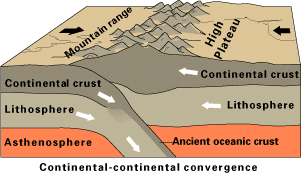
Crustal plates creating 3 types of boundaries
Crustal plates move apart, come together and slip past each other horizontally. Each of these plate movements creates a different type of plate boundary.
Divergent plate boundary
Crustal plates moving apart
Divergent plate boundaries are places where two plates are moving apart. In the North Atlantic Ocean is the Mid-Atlantic Ridge that has formed where the North American and Eurasian Plates are separating.
Molten rock flows out of fissures on the ocean floor
Where diverging plates are separating fissures open on the ocean floor allowing molten rock from the mantle to flow out forming pillow basalt. Molten rock seals the fissures after an eruption creating new oceanic crust.
Convergent boundaries
Two types of convergent boundaries
There are two types of convergent boundaries. When two continental plates collide they form a collision boundary and great mountain chains form between the two continental crusts. The Himalayan Mountains are increasing in height as the Eurasian and Indian Plates collide.
Formation of subduction zones
Subduction zones form when an oceanic plate converges with a continental plate or another oceanic plate. The heavier and denser oceanic plate is bent and forced downward into the upper mantle where the rocks are recycled. On the continental side of a subduction zone great volcanoes rise like Mount Pinatubo, Mount Fuji and Mount Rainier.
Transform boundaries
San Andreas Fault is a world famous transform boundary
Transform boundaries form when two plates move past each other horizontally. The San Andreas Fault is a world famous transform fault. The master fault runs down the state of California from the Mendocino Triangle in the north south to the East Pacific Rise off the coast of Mexico. It separates the Pacific Plate from the North American Plate. The Pacific Plate is moving northward relative to the North American Plate.
Curvature of the Earth creates transform faults
Transform faults are also found on ocean floors where the curvature of the Earth causes rift valleys to be offset. The transform faults connect rift valleys as the plates separate.
More Planet Earth Links
Crustal Plates Find out how continental crust and oceanic crust forms on our planet.
The Earths Mantle Find out about the Earths mantle that contains 84% of the Earth's mass.
Earths Interior Find out about layers that have formed inside out planet and how they were discovered.
Alaska Northern Lights Learn how and why the Northern Lights light up the sky in the Northern Hemisphere.
Earths Crust Find out where the newest crust on our planet forms and which type of crust is the oldest.
Plate Movements Do you know what are divergent plate boundaries, convergent boundaries and transform faults. Find out on this page.
Planet Earth Find out about the different layers that make up planet earth from the core to outer space.
Home Page The Science Site contains information on our planet, volcanoes, science activities, earthquakes and much more.
Kids Fun sCIENCE bOOKSTORE
Check out Myrna Martin's award winning textbooks, e-books, videos and rock sets. The Kids Fun Science Bookstore covers a wide range of earth science topics. Click here to browse.
Sign up to our monthly newsletter and receive our FREE eBook containing 3 fun activities that don’t appear in any of our other books!
The Kids Fun Science monthly newsletter will include the following: current events, weird and fantastic facts, a question of the month, science trivia and the latest new content from our website.
We respect your privacy and you can be assured that we will never share your email address or use it for any other purpose than to send you our newsletter.



